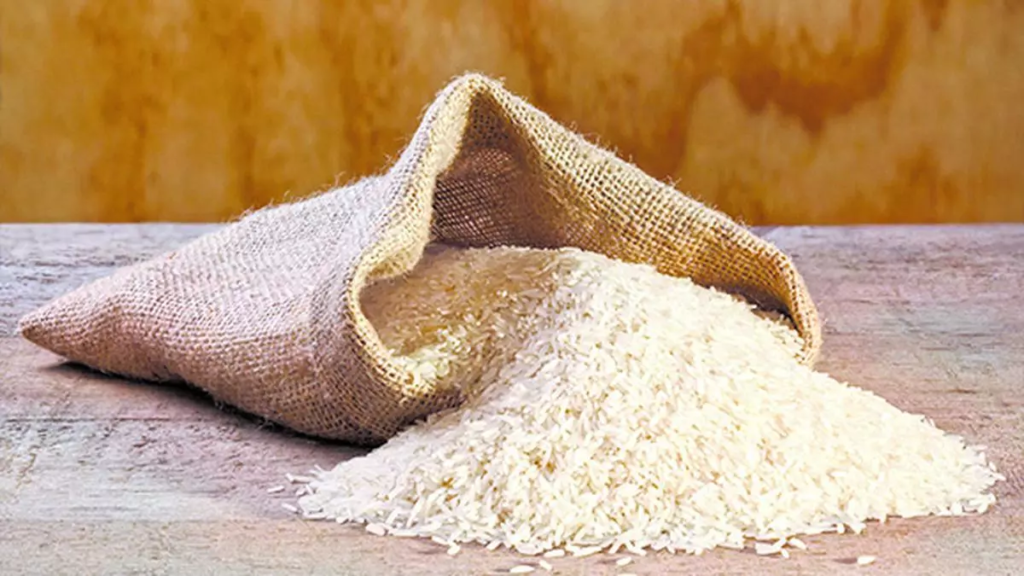Tags
Will the Pusa 1121 basmati go off the export menu?
The iconic rice variety known for its long grain, aroma and high yield may be ejected by PB 1885

The darling of exporters — Pusa Basmati (PB) 1121 — is in danger of going off the export menu. The grain which took five years to get official recognition as Basmati in 2008 soon became a favourite of growers thanks to its higher yield, shorter duration and higher market price. Even before being notified as Basmati, it got into the export platter thanks to its unique features and aroma — it was the world’s longest rice after cooking, upto 25 mm in length.
But now, A K Singh, Director of Indian Agricultural Institute (Pusa, and considered the “Basmati man” of India has been pushing farmers to adopt PB 1885 in place of PB 1121, so that they save ₹2,000-3,000 per acre as there is no pesticides requirement since these varieties are resistant to bacterial blight and blast.
Advantages
“There are several advantages for the farmers when new varieties come. Also, reduction of chemical pesticides lowers cost of production for farmers and raises acceptance in global trade,” said Singh.
Singh was associated with the development of PB 1121 under agricultural scientist Vijaipal Singh. Subsequently, he led the team of scientists in developing several other varieties — PB 1401, PB 1509, PB 1692, PB 1718, PB 1847, PB 1885 and PB 1886.
But there is a strong sentiment among rice exporters in favour of PB 1121, which has become quite a well known brand. “A better version of PB 1121 is misconstrued as replacement by a section. PB 1121, the torch bearer export variety, cannot be phased out as it is a brand itself,” says S Chandrasekaran, who has authored a book on Geographical Indication of Basmati.
Main feature
The main feature of PB 1121 is such that it can be grown in any part of the world. For instance, after farmers in Dabra, Madhya Pradesh adopted PB 1121 a few years back, it is difficult now to find there a local paddy variety called ‘Kranti’. “Even Pakistan has been growing PB 1121 under Kainat. It has also been adopted by farmers in Turkey, Indonesia and Thailand,” said a trade source.
In its nearly 15-year journey, PB 1121 has risen to a commanding position -its export share is close to 95 per cent and only 4-5 per cent is left with traditional varieties. India’s Basmati rice export shipments increased to 4.56 million tonnes (mt) worth $ 4.79 billion (₹38,524 crore) during 2022-23 fiscal from 3.94 mt in 2021-22.
So far 34 varieties of Basmati rice have been notified under the seeds Act, 1966. Out of these, there are several varieties like Basmati 217, Basmati 370, Type 3 (Dehraduni Basmati), Punjab Basmati 1 (Bauni Basmati), Kasturi and Haryana Basmati 1 which are difficult to even find.
Low yield
“First of all, the traditional varieties have very low yield – as low as 8-9 quintal/acre against 22-24 quintal/acre in case of evolved varieties,” said a former production head of a leading rice export firm that specialised in traditional varieties for European market. For him Basmati still means traditional as he calls PB 1121 by its name without adding ‘Basmati’ in it. But, he acknowledges that for importers, Basmati means “1121”.
The government notification is said to have limited PB 1121’s cultivation to Delhi, Haryana and Punjab, and it has not been amended so far even to allow its cultivation in other states, sources said.
“Only consumers’ choice and farmers’ preference will seal the fate of PB 1121, whether it will be extinct like many other Basmati rice varieties,” said Vijay Setia, former head of All India Rice Exporters Association (AIREA).
https://www.thehindubusinessline.com/news/will-the-pusa-1121-basmati-go-off-the-export-menu/article67139398.ecePublished Date: July 31, 2023





